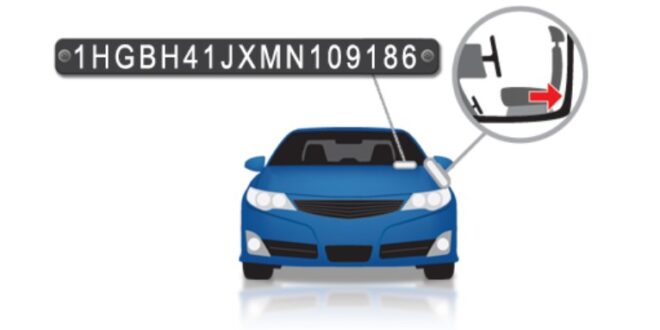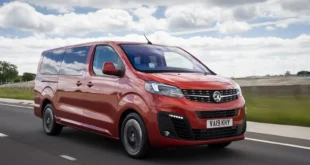Buying a car is no small matter. However, due to the ability to pay, a large part of us decide to buy a used car. Whether we have personal experience or not, it is clear to us that buying a used car is a risk. The less knowledge about cars we have the higher the risk. The seller has only one goal: to sell the car no matter what. Therefore, you cannot rely on his recommendations. You, on the other hand, want the best for your money. Always count on the budget you have set aside for your used car to include parts and repairs that will be necessary.
It all starts with reviewing the offer online, and the first disappointment can come when you see your chosen car live. You have to keep in mind that the best photos are always posted on the internet, which hides all the shortcomings of the car.
You have to arm yourself with patience if you want to buy a used car without stress. Get well informed and be detailed. This increases the chances of buying a used car that will serve you for a long time. Go to see the car during the day and be free to see it well from all sides. No need to spend money on crashed and too old cars.
To make matters more complicated, a phenomenon called “mileage return” is in vogue, which does not benefit customers in any way. That is why it is important to find out everything about the car you want to buy. There are a variety of car checking platforms that can help you, and give you detailed information about your desired car.
Before we start dealing with the details of the car, it is important to know its VIN number.
Table of Contents
What is a VIN number anyway?
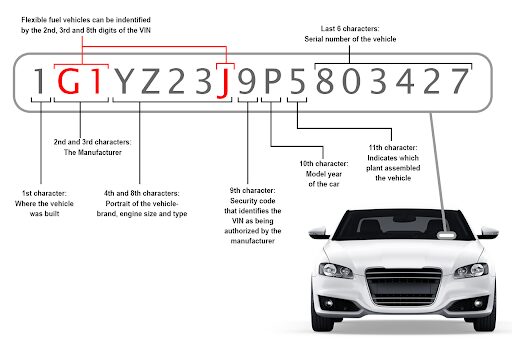
VIN is an abbreviation of Vehicle Identification Number. It is a unique string of 17 numbers and letters combined. Just as each of us has a unique fingerprint, the same for cars is the VIN number. It’s a “car fingerprint.” It is located in at least 3 places on the car. If you can’t find it, ask for service. In the early 1980s, the U.S. Department of Transportation prescribed this format, which is used all over the world. Today, American and European standards differ only in nuances.
Together we will go through the easy steps of checking the VIN number, to make sure that the car you liked is just the right one for you.
1. Find the VIN number
As we have already said, this number is located in at least 3 places in your car. It is usually located in the following places:
– Under the engine hood
– Under the front windshield on the side where the driver is
– Inside the front door, on the tiles
– On the front right fender
– Tucked under or above the front passenger seat
– Space where the spare wheel is located.
A VIN number consists of 17 characters, which are a combination of letters and numbers. The first three characters indicate the world label of the manufacturer, the next 5 characters tell us about the general characteristics, then the character for control, model year, and factory. Finally, the last 6 digits indicate the serial number.
2. Checking car history
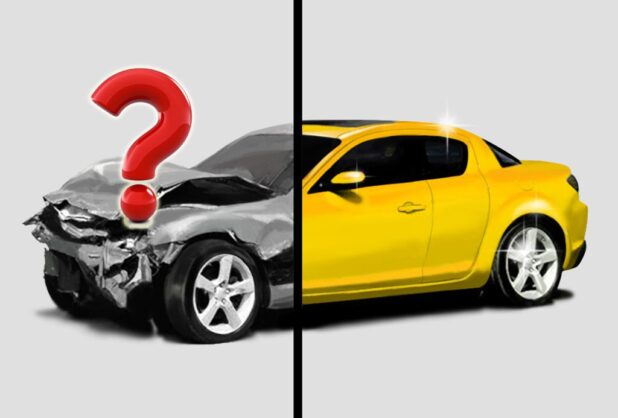
Once you find this number, you have the opportunity to very easily discover the history of your desired car. There are many applications and websites that allow you to find out the history of cars whose VIN number you know. A website called www.quickppsr.com.au stands out as the simplest and most credible. All you need to get a report on a car is to visit this and similar sites, enter the VIN number in the space provided for that. Clicking on the search opens the entire history of the car.
What you will get with this search are detailed data on the mileage of the car, data on potential car theft, traffic accidents if they occurred, as well as information on whether the vehicle was used as a taxi vehicle. You need to know that most of these apps are justifiably not free. Maintaining a database does cost, and these aren’t some of the things you need to use on a daily basis.
The VIN number only became mandatory in the 1980s, so if your vehicle is older, there are small chances you can take advantage of all of this.
3. Decode the VIN number yourself
If you have not been able to find information about your car based on your VIN number, or you are one of those who do not like to search the Internet, then you can start decoding your car on your own. You need to find decoding instructions that are valid in your area. We have already said that there is a small difference between the American and European VIN numbers, so it would be good to know the decoding process that applies to you. This way, find out what year your car was made and its basic specifications.
4. Mileage check
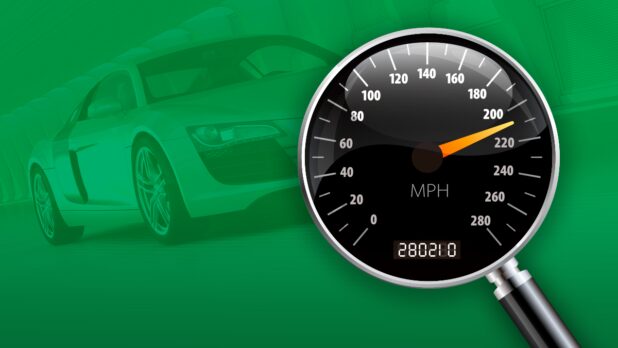
In the used car market, it is very difficult to find credible data on car mileage. Therefore, after the history of the car, ie age and origin, you must check the number of kilometers traveled.
And this is easy if you know the VIN number. At each technical inspection, the mileage of the car is strictly recorded and this is remembered. This information is recorded in the booklet but also online, and is linked to the VIN number. As all our data are related to the identification number, so the VIN number contains these very important data.
When you get a list of mileage from technical inspections, throw yourself into the analysis. If you see that in 2014 the car covered 100,000 km, while in 2015 it covered 75,000 km, you will understand what it is about.
We are sure that it is now clearer to you that when buying a used car, patience is necessary, but also a detailed check. The VIN number can help you make a good deal with the seller. Therefore, do not hesitate, inspect the car in detail, write down or photograph the VIN number and inquire well. It is very important for you to buy a good car. As much as you need or physically like a car, you need to know when to give up buying it.
Read Also:
Is It Smart to Give Out your VIN Number
 World Magazine 2024
World Magazine 2024
